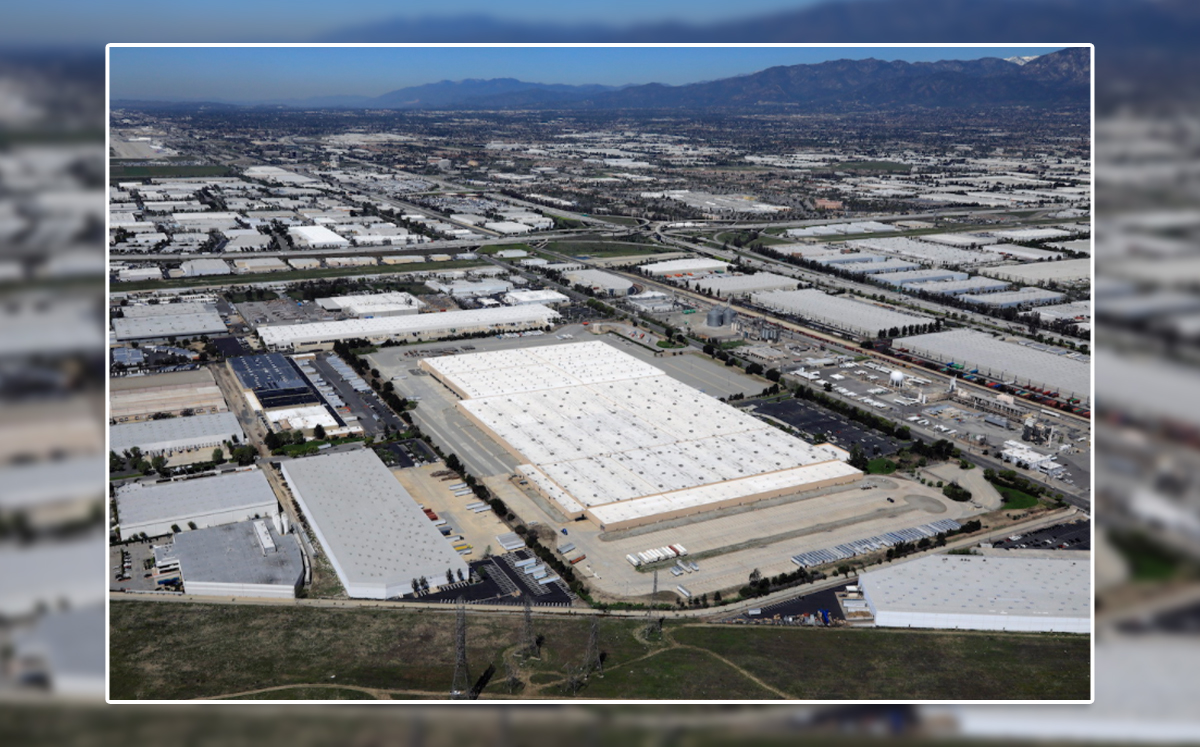Trending
The Inland Empire’s booming logistics industry is a double-edge sword
Demand has shot up for e-commerce services, but that means more workers in warehouses

The years-long expansion of the Inland Empire’s logistics and distribution industry has been a double-edged sword for communities in the region, particularly since the coronavirus outbreak.
Demand for e-commerce services has shot up considerably since the pandemic hit and forced Americans across the country to stay home.
While that’s been good for business in the Inland Empire, the surge in demand puts local workers at a disproportionately high risk of contracting and spreading Covid-19, according to the New York Times.
The growth of the e-commerce industry since the Great Recession has provided tens of thousands of jobs to an area hit hard by the recession — unemployment peaked at 14.4 percent in 2010 and now sits at just 3.5 percent in the Riverside-San Bernardino area.
Black and Latino workers are overrepresented in warehouse jobs. The rate of confirmed Covid-19 cases is two-and-a-half times the rate for white residents, according to Riverside County’s public health department.
A spokesperson for Amazon, one of the largest e-commerce employers in the region, said that the company has taken steps to ensure worker safety, although it did not provide the number of positive cases among employees.
Riverside County reported its largest single day increase in COVID-19 cases on Tuesday — 974 cases. Warehouse workers have spoken up about their concerns of outbreaks at their facilities, including Amazon’s fulfillment center in Eastvale.
CBRE estimates there’s around 561 million square feet of industrial space across the Inland Empire. There’s plenty more on the way as developers look to meet demand for space, and rental rates are rising. [NYT] — Dennis Lynch




